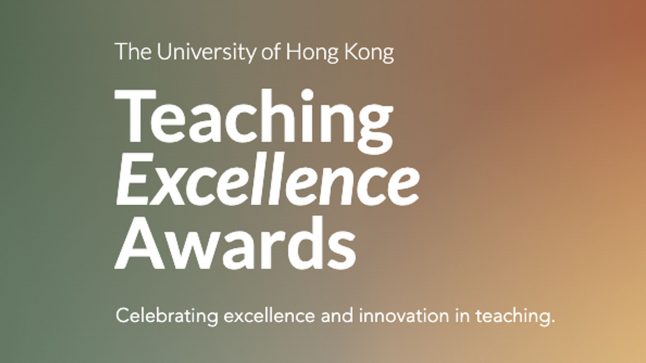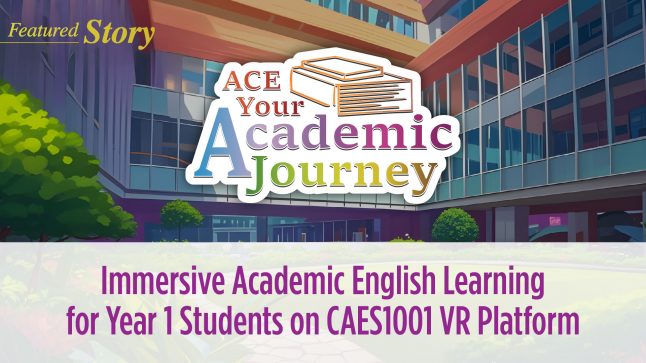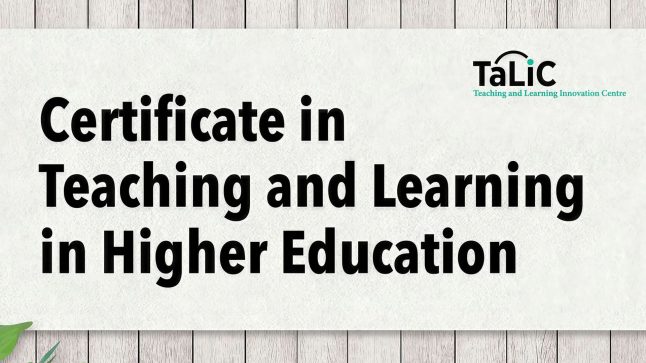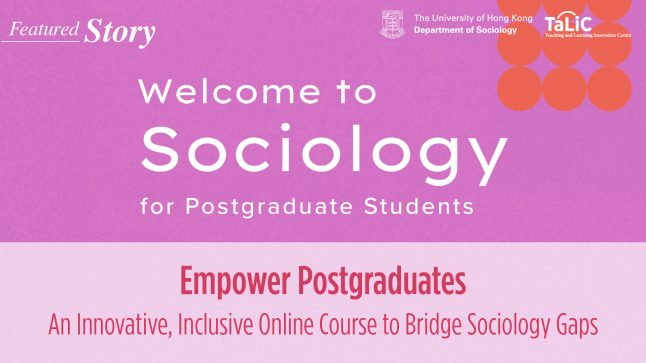Guest blogger series: Joseph Wu on Coursera Partners Conference 2015

 Dr. Joseph Wu is an Associate Professor at the School of Public Health, Li Ka Shing Faculty of Medicine. His primary research is in influenza epidemiology and control, particularly focusing on pandemic preparedness and response. The MOOC developed by his team, Epidemics, attracted over 10,000 enrollees in its first offering.
Dr. Joseph Wu is an Associate Professor at the School of Public Health, Li Ka Shing Faculty of Medicine. His primary research is in influenza epidemiology and control, particularly focusing on pandemic preparedness and response. The MOOC developed by his team, Epidemics, attracted over 10,000 enrollees in its first offering.
I led the production of HKU’s first MOOC Epidemics which was launched on the edX platform in September 2014. In this Coursera meeting, I participated in one of their design labs to exchange experience and views about MOOC production with other MOOC developers (whom I presumed were mostly using the Coursera platform). The facilitator from Coursera asked us to share a few pain points in our MOOC development and operations. It turned out that my major concern was not quite among the top concerns from others.
The points that we discussed most were real-time management of questions and complaints from learners, justification of the value of MOOCs to senior management in universities, the lack of beta-testing support, etc. These are factors that are geared towards learner experience, visions and strategies for MOOC among universities, and the design of MOOC platforms. My major concern was more about the seemingly unrecognized burden and stress borne by the in-house MOOC production team members who are often graduate students and research staff of the MOOC developer drafted to venture into this unchartered territory of MOOC education. To them, many aspects of MOOC production such as copyright clearance, sourcing for graphics and animations, filming, video assembly and editing, translation, and beta-testing are not really their primary interests, expertise or responsibilities. Furthermore, given that most institutions are still trying to position themselves in this new realm of MOOCs, there is no or very little existing in-house support (in terms of both technical expertise and financial resources) readily available to help the team with MOOC production. My impression is that with a few exceptions such as Rice University and John Hopkins University, most universities have not yet figured out clearly how MOOC will be integrated into their teaching and learning strategies. Without a consensus on the value and cost of MOOC within an institution (or even a department), it is difficult to have a fair and objective assessment of students and staff involved in MOOC production and operations in their performance evaluation. The value and cost of MOOCs themselves are difficult to assess. The requirements and outcomes for MOOCs vary substantially depending on their nature and scope. For example, teaching computer programming would presumably be less demanding on speaking techniques and illustrative graphics but more demanding on real-time interactions and tutorial, while teaching history would require captivating eloquence and graphics that we expect in a BBC or CNN documentary program. On outcomes, computer programming MOOCs tend to have a lot more learners than MOOCs on history, so using the number of enrollees as a performance metric (which is often done for showcasing popularity) is unlikely to be fair when comparing MOOCs from different disciplines. These are issues that need to be addressed upfront in order for the production of MOOCs within an institution to be sustainable.








